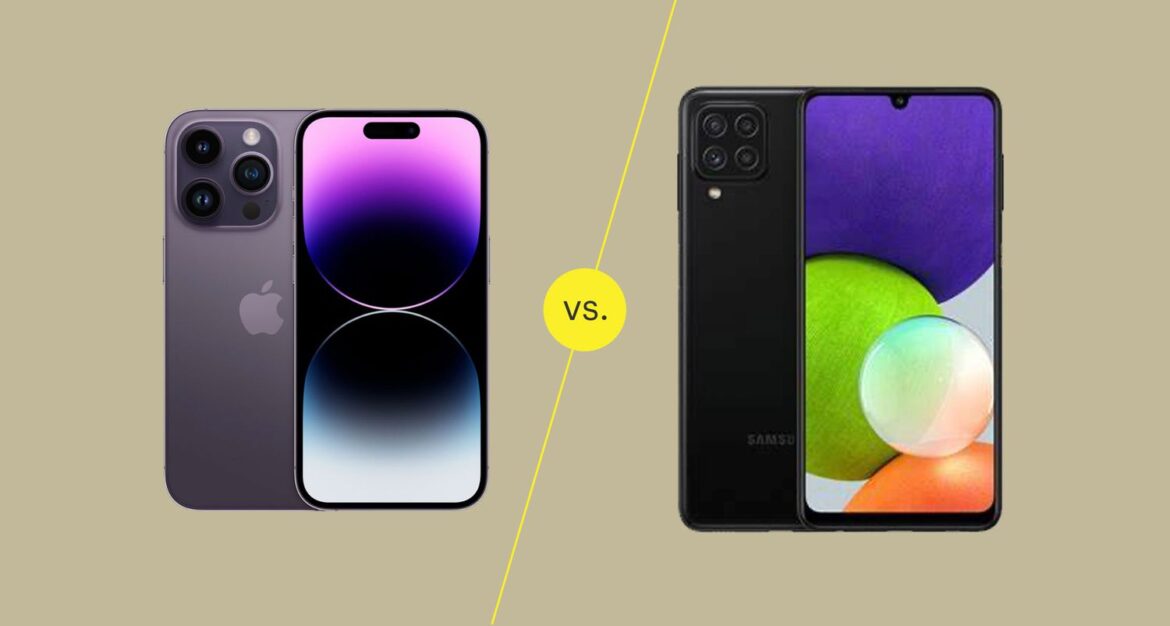Since its initial release in 2007, the iPhone has revolutionized the world of technology and reshaped the way we communicate, work, and interact with the digital world. Under the leadership of two key visionaries, Steve Jobs and Tim Cook, the iPhone has evolved and grown to become one of the most iconic and influential devices in modern history. In this article, we will explore the evolution of iPhone, highlighting its key milestones and the impact of Steve Jobs and Tim Cook’s leadership on its development.
The Steve Jobs Era
When Steve Jobs unveiled the first iPhone in 2007, it was a game-changer in the mobile phone industry. The original iPhone combined a sleek design, a multi-touch interface, and groundbreaking features like internet connectivity, an integrated iPod, and the App Store. These innovations set a new standard for smartphones and laid the foundation for future iterations of the device.
Under Jobs’ leadership, subsequent iPhone models continued to push boundaries. The iPhone 3G introduced faster data speeds and introduced the App Store, revolutionizing mobile apps and creating a new digital economy. The iPhone 4 showcased a high-resolution Retina display and a front-facing camera, paving the way for video calls and selfies. The iPhone 4s introduced Siri, propelling the concept of AI voice assistants into the mainstream.
Throughout his tenure, Steve Jobs prioritized seamless integration between hardware and software, creating a user experience that prioritized simplicity and elegance. His attention to detail and commitment to innovation were instrumental in establishing the iPhone as a cultural phenomenon.
The Transition to Tim Cook
Following the passing of Steve Jobs in 2011, Tim Cook assumed the role of Apple’s CEO. Cook’s leadership marked a new era for the iPhone, with a focus on streamlining manufacturing processes, expanding global markets, and ensuring product sustainability. While Cook’s approach to product design differed from Jobs’, he continued to prioritize the user experience and build upon the foundation laid by his predecessor.
Under Cook’s leadership, the iPhone underwent various significant advancements. The introduction of the iPhone 5 brought a larger display, faster processor, and improved camera capabilities. The iPhone 6 and 6 Plus marked another significant shift, with larger screen sizes and thinner designs, catering to the demand for bigger displays. These iterations solidified the iPhone’s dominance in the smartphone market.
Cook’s emphasis on sustainability led to the iPhone 7 being the first device to eliminate the headphone jack, promoting the use of wireless headphones and reducing environmental waste. Additionally, the iPhone X introduced facial recognition technology, introducing a new level of security and convenience.
Continued Innovation and Future Outlook
Under Tim Cook’s leadership, the iPhone has continued to evolve and adapt to changing consumer needs and technological advancements. The iPhone 11 introduced significant improvements in camera technology and computational photography, while the iPhone 12 embraced 5G connectivity, delivering faster speeds and enhancing overall performance.
Looking ahead, the future of the iPhone holds exciting possibilities. The introduction of Apple Silicon chips will bring even more powerful performance and efficiency to future models. Additionally, advancements in augmented reality (AR) and virtual reality (VR) are expected to unlock new experiences and applications for iPhone users.
Conclusion
The evolution of iPhone, from Steve Jobs to Tim Cook, has been marked by continuous innovation and a dedication to transforming the way we experience technology. Under Steve Jobs’ visionary leadership, the iPhone laid the foundation for modern smartphones, setting the stage for Tim Cook to build upon that success and propel the iPhone to new heights.
With a focus on product sustainability, global expansion, and user-centric features, Tim Cook’s leadership has continued to push the boundaries of what the iPhone can achieve. As we look to the future, the iPhone will undoubtedly continue to evolve, remaining at the forefront of technological innovation and shaping the way we connect, create, and communicate in the digital space.
